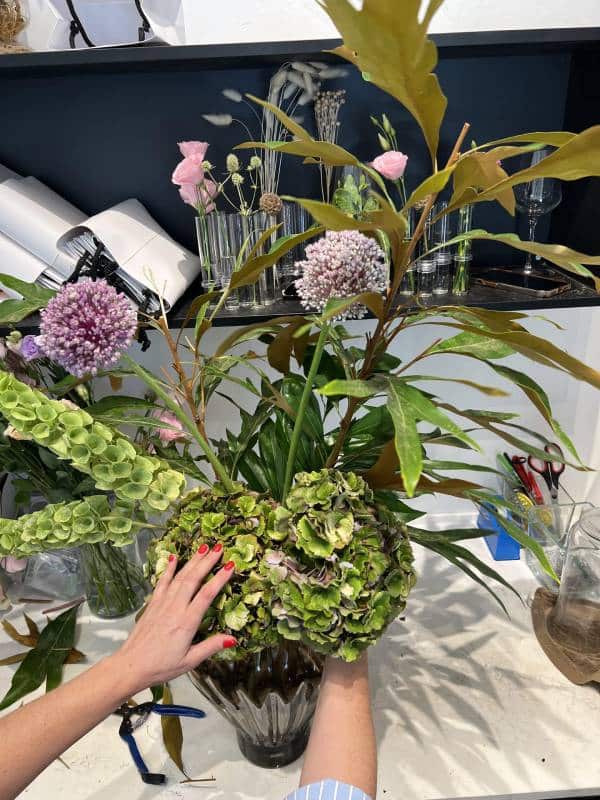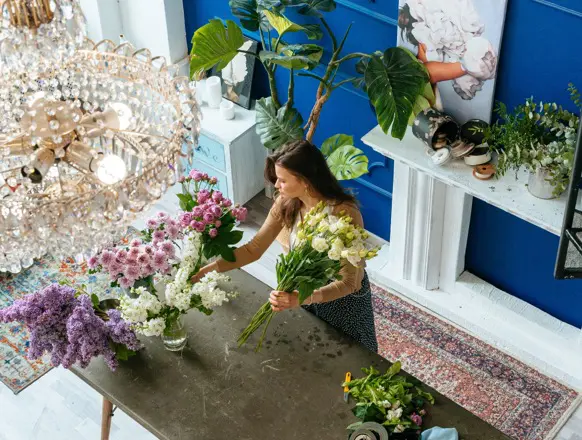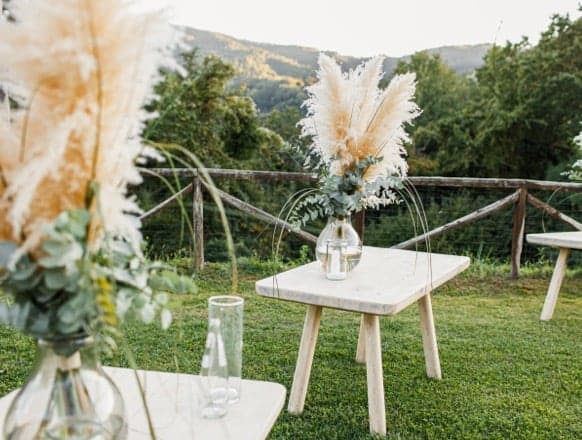The History of Flowers
Ancient beginnings:
The tradition of decorating or offering flowers as gifts dates back to ancient times. In ancient Egypt, flowers had great symbolic meaning and were often used in ritual or religious ceremonies. The Egyptians created crowns and wreaths composed of flowers and foliage, which were placed in graves as offerings to the deceased. They believed that these floral gestures provided comfort in the afterlife.
In ancient Greece and Rome, flowers were also an integral part of religious ceremonies. Garlands of flowers, often intertwined with grasses and leaves, were used to honor gods and goddesses. In addition to religious ceremonies, flowers are used in weddings and other celebrations, as a symbol of fertility, beauty and prosperity.
The Middle Ages:
During the Middle Ages, the tradition of flower bouquets took on a new dimension. Flowers were closely associated with religious practices and played a significant role in Christian rituals. Wreaths and garlands were used in processions and as offerings at altars. Flowers such as roses, lilies and carnations held special religious symbolism and were widely used in religious artwork and tapestries.
In addition to their religious significance, flowers were also valued for their medicinal properties. Herbalists and healers used various flowers and herbs in their medicines and apothecaries. Bouquets were often created with a combination of aromatic flowers and herbs, not only for their visual appeal but also for their therapeutic benefits.
The language of flowers:
One of the intriguing aspects of the history of flower bouquets is the emergence of the “language of flowers” during the 18th and 19th centuries. This complex system of communication through flowers, also known as floriography, allowed people to express feelings and emotions through the selection and arrangement of specific flowers.
Flower guides and dictionaries have been published, detailing the meanings associated with various flowers. Each flower carried its own symbolism, allowing people to convey messages discreetly and symbolically. For example, a red rose symbolized love and passion, while a black lily represented purity and innocence. Bouquets became carefully assembled arrangements, chosen with the intention of conveying specific feelings or messages.
The Victorian Era:
During the Victorian period, in particular, there was an accelerated flowering of the language of flowers and elaborate flower arrangements. The rigid social norms of the time often restricted direct communication of feelings, leading people to express their feelings through the language of flowers. Bouquets became highly symbolic and were arranged with great care and attention to detail.
The art of floriography reached its peak during this period, and entire conversations could be carried out through the exchange of carefully selected bouquets. Bouquets were decorated not only with flowers but also with foliage, ribbons and even gems, which further enhanced their symbolism and meaning. The giving and receiving of bouquets has become a tradition of the most precious meaning.
Modern bouquets:
In the modern era, bouquets continue to evolve and adapt to changing tastes, trends and cultural customs. The art of flowers has become a special craft, with skilled florists who create amazing arrangements for various events and purposes.
Hand-tied bouquets, where flowers are artfully gathered and tied together, have gained popularity for their natural and effortless charm. These bouquets often include a combination of blooms, foliage and textures, creating harmonious visually appealing arrangements. Other styles of bouquets include formal arrangements, tiered bouquets and bridal bouquets, each with their own unique aesthetic.
Bouquets have become an integral part of weddings, birthdays, anniversaries and other special occasions, adding a touch of natural beauty and elegance to these celebrations. The choice of flowers and their arrangement can convey specific themes, moods or sentiments, making each bouquet a personal and thoughtful gesture.
Sustainability and ecological consciousness:
In recent years, there has been an increasing emphasis on sustainability and ecological consciousness in the flower industry. Many florists now prioritize purchasing locally grown organic flowers, reducing the carbon footprint associated with long-distance transportation and chemical-intensive practices.
In addition, there has been a resurgence of interest in wildflowers, local blooms and seasonal flowers that promotes biodiversity and supports local ecosystems. Conscious consumers are increasingly looking for eco-friendly bouquets and ensuring that their floral choices are in line with their environmental values.
In conclusion, the history of bouquets is a testament to the enduring beauty and meaning of these floral arrangements. From ancient rituals and religious practices to the symbolism of the Victorian era and the modern evolution of flowers, bouquets have continued to fascinate and inspire. Whether as expressions of love, celebrations of milestones or gestures of sympathy, bouquets remain eternal treasures that connect us with the beauty of nature and evoke feelings beyond words.
Come discover the beauty of our bouquets and flowers at Buby Bloom.
We guarantee that you will be able to express your feelings in the best and most correct way 🙂
And of course we are here for any questions,
See you soon.
Tags
Related Articles

The comprehensive guide for home care of flowers purchased from us at Buby Bloom
Buying a bouquet of flowers for the home can instantly brighten any space, and add a touch of natural beauty and a stunning fragrance. There




